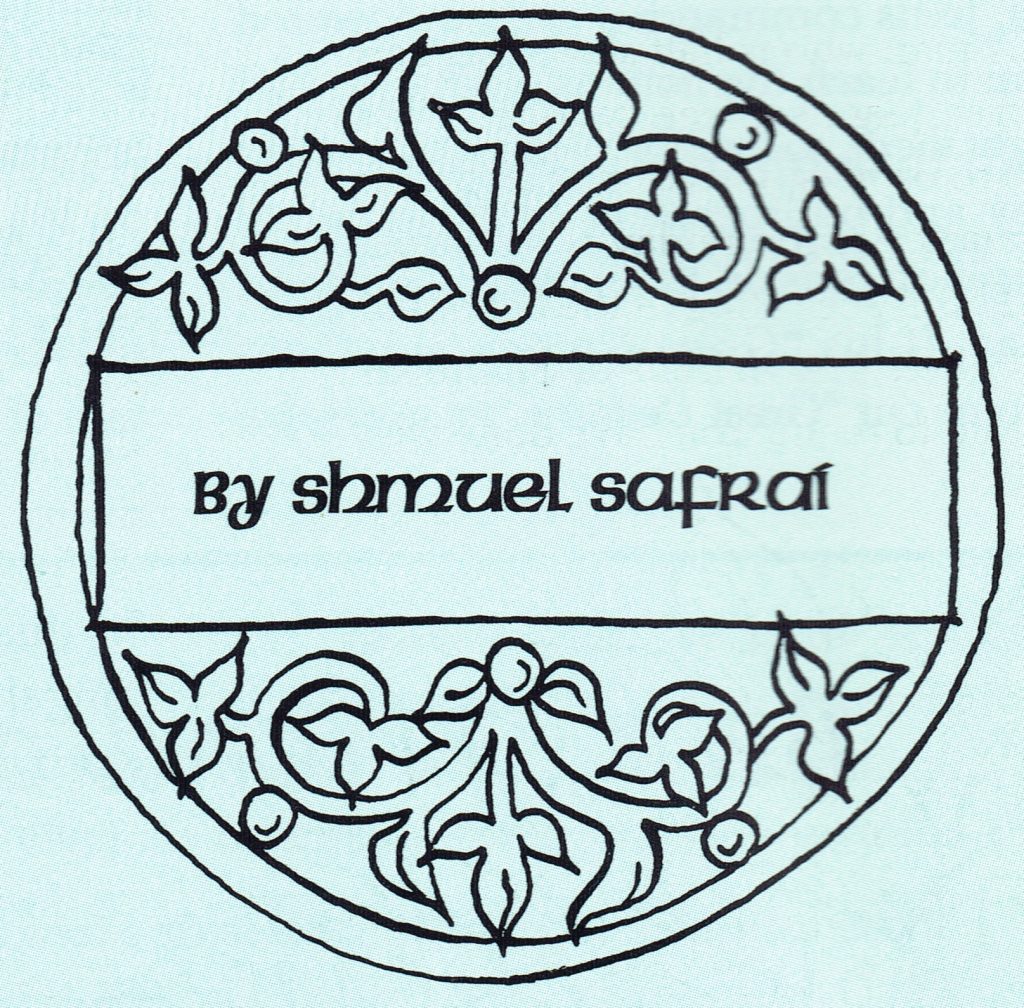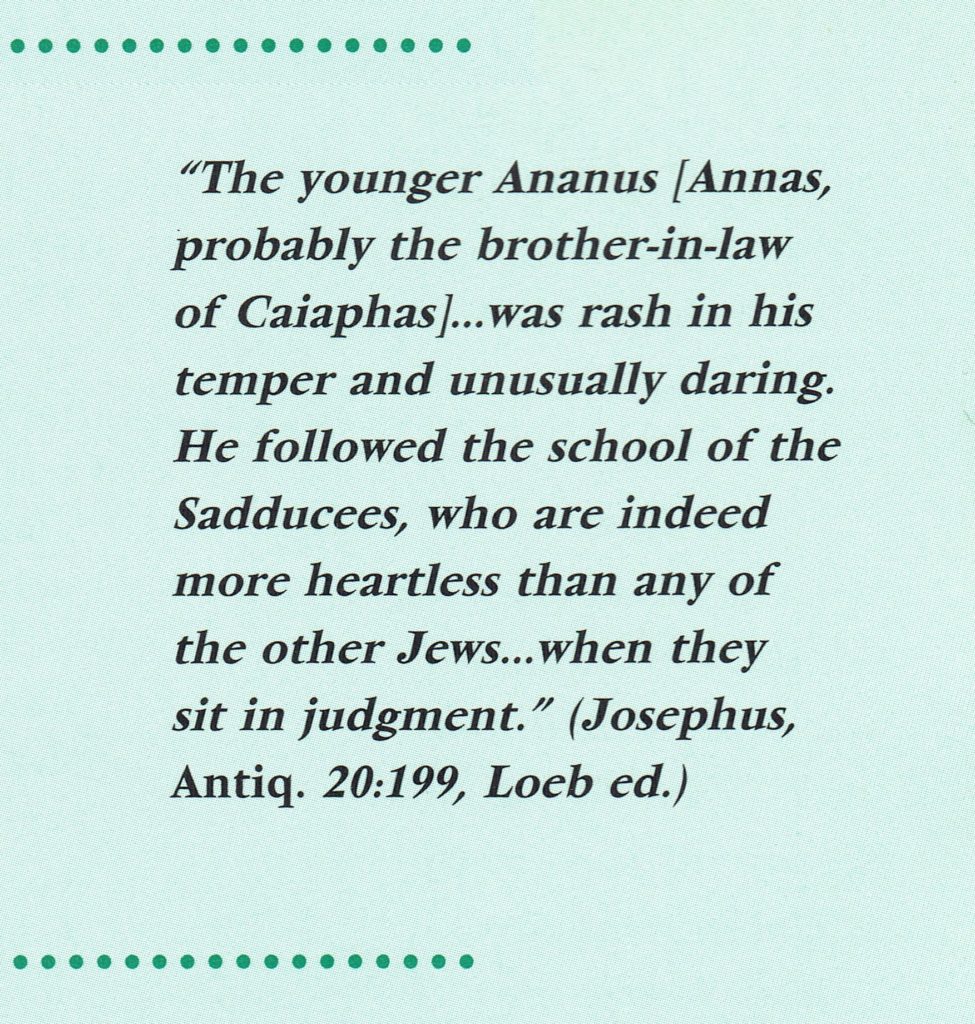In this series Professor Shmuel Safrai introduces readers to several prominent priests—descendants of Aaron, the brother of Moses—who play a role in the New Testament. To read more articles in the New Testament Priests series, click here.

In Acts 21:27 and following, we see Paul once again at the forefront of a commotion sparked by his messianic activity and close association with Gentiles. Jews from the province of Asia had publicly accused Paul of maligning the Jewish people, the Torah and the Temple. Specifically, they charged that Paul had brought Greeks into the restricted inner courts of the Temple, thus defiling it. The accusations incited the people, and a reckless mob set upon the man from Tarsus.
News of the uproar quickly reached the Roman commander, who straightway assembled a band of soldiers and ran to the scene to disperse the crowd. At the bottom of the pile, the commander found Paul, whom he secured with chains. In a vain effort to get the facts about what had transpired, the commander turned to the people, but they proved so unruly his only recourse was to take Paul into custody.
Premium Members and Friends of JP must be signed in to view this content.
If you are not a Premium Member or Friend, please consider registering. Prices start at $5/month if paid annually, with other options for monthly and quarterly and more: Sign Up For Premium

- [1] Kirsopp Lake and Henry J. Cadbury, The Beginnings of Christianity Part I: The Acts of the Apostles (London: Macmillan, 1933), 4:288. ↩
- [2] For examples of such traditions from Paul’s letters, Jerusalem Perspective’s editor suggests seeing Brad Young, Paul The Jewish Theologian (Hendrickson, 1998), and John C. Poirier and Joseph Frankovic, "Celibacy and Charism in 1 Cor. 7:5-7," Harvard Theological Review 89.1 (1996): 1-18. ↩
- [3] For an excellent appraisal of the Sadducees’ conduct, see David Flusser, "...To Bury Caiaphas, Not to Praise Him," Jerusalem Perspective 33 & 34 (Jul.-Oct. 1991): 23-28. For the culpability of the Sadducees in the crucifixion of Jesus, see David Flusser, "A Literary Approach to the Trial of Jesus" in Judaism and the Origins of Christianity (Jerusalem: The Magnes Press, 1988), 588-592. For the specific responsibility of the high priestly family of Annas (Hebrew: חָנָן [Hanan], חָנִין [Hanin]) for Jesus’ death, see Dan Barag and David Flusser, "The Ossuary of Yehohanah Granddaughter of the High Priest Theophilus," Israel Exploration Journal 36 (1986): 39-44. ↩




![Shmuel Safrai [1919-2003]](https://www.jerusalemperspective.com/wp-content/uploads/userphoto/20.jpg)
